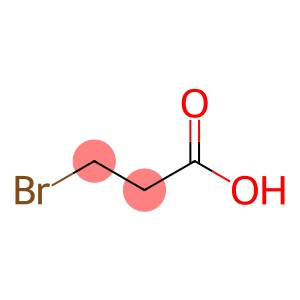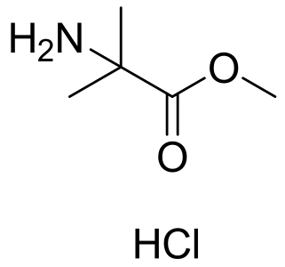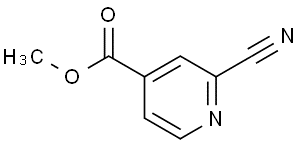3-Bromopropionic acid(CAS#590-92-1)
| Risk Codes | R11 – Highly Flammable R34 – Causes burns |
| Safety Description | S26 – In case of contact with eyes, rinse immediately with plenty of water and seek medical advice. S36/37/39 – Wear suitable protective clothing, gloves and eye/face protection. S45 – In case of accident or if you feel unwell, seek medical advice immediately (show the label whenever possible.) |
| UN IDs | UN 3261 8/PG 2 |
| WGK Germany | 3 |
| RTECS | UE7875000 |
| TSCA | Yes |
| HS Code | 29159080 |
| Hazard Note | Corrosive/Highly Flammable |
| Hazard Class | 4.1 |
| Packing Group | III |
Introduction
3-Bromopropionic acid is an organic compound. The following is an introduction to the properties, uses, preparation methods and safety information of 3-bromopropionic acid:
Quality:
- Appearance: Colorless liquid
- Solubility: Soluble in water and common organic solvents
Use:
- 3-Bromopropionic acid is often used as an intermediate and catalyst in organic synthesis
- In agriculture, it can be used to synthesize certain pesticides and biopesticides
Method:
- The preparation of 3-bromopropionic acid can be obtained by reacting acrylic acid with bromine. Normally, acrylic acid reacts with carbon tetrabromide to form propylene bromide, and then with water to form 3-bromopropionic acid.
Safety Information:
- 3-Bromopropionic acid is a corrosive substance that should be avoided from contact with the skin, eyes, and respiratory tract.
- When using or storing, take appropriate precautions, including wearing protective gloves, goggles, and protective masks.
- Dust, fumes or gases should be avoided when handling the compound to reduce the risk of inhalation.
- We will comply with relevant laws and regulations and dispose of waste safely.





![2,2′-[1,2-ethanediylbis(oxy)]bis(ethanethiol)(CAS#14970-87-7)](https://www.xinchem.com/uploads/2-2-1-2-ethanediylbis-oxy-bis-ethanethiol.png)


